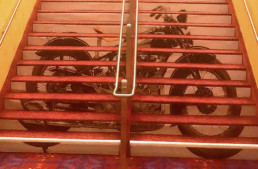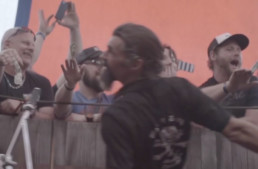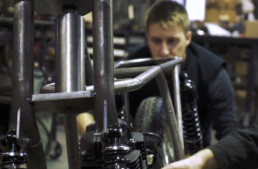100 years ago, San Francisco was a new city. As with most cities, it was built atop older cities, and the terrific shaking and subsequent fire of 1906 was, while dramatic, merely the latest in a string of disastrous fires destroying the city, ever since the the former Spanish Mission outpost became a burgeoning port servicing the Gold Rush of 1849 (which is when my own family arrived). The city was built not only over the ashes of its former self, but also the very ships which delivered thousands to the maw of Gold Fever. Entire crews jumped ship to try their luck at mining, and the harbor grew a forest of masts from abandoned ships, an ironic contrast to the recently deforested hills and islands around the Bay. Today, every new hi-rise downtown schedules a few months for archeologists to clear out the Clipper ship carcasses used as landfill for what was to become our downtown.
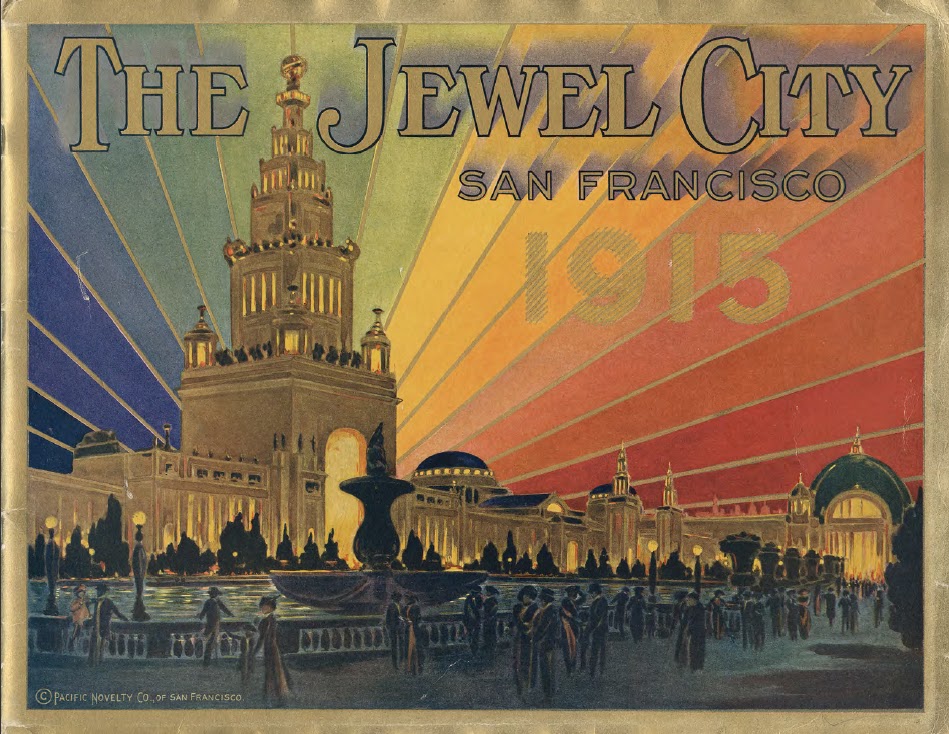
The ‘06 Quake was different from previous disasters, as the city had an opportunity to establish building codes for earthquake safety, and reinvent itself as it saw fit. My great-grandfather was a developer on the Van Ness corridor, the new artery from the Bay to City Hall, and built a few of the impressive reinforced-concrete auto dealerships which still stand, although few still sell cars. Our family legacy included the first Ford dealership on the west coast, a lovely 4-storey concrete building with floor-to-ceiling industrial glazing, which I longed to inhabit in my post-college days. But that’s another tale.
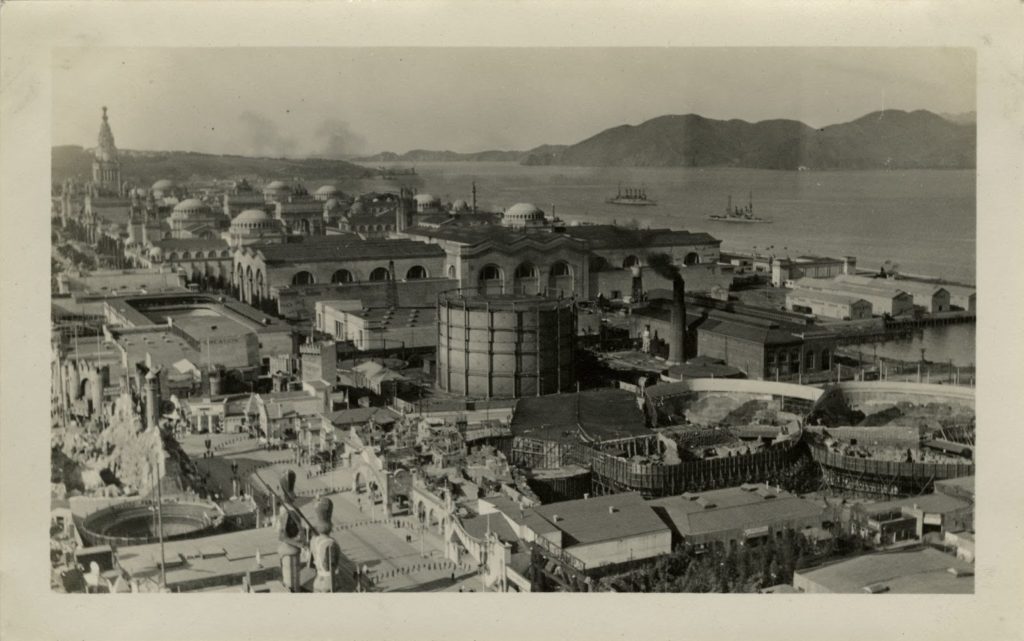
2015 is the Centennial year for the 1915 Panama Pacific International Exposition (PPIE), and lots of attention has been focused on the Expo in local museums and books. The enormous Exposition was built over the Harbor View neighborhood (now called the Marina), which was a squatter’s tent camp on swampy marshland, just past the grazing pastures of Cow Hollow. City fathers – notably our incredibly corrupt mayor ‘Sunny Jim’ Rolph – devised the genius plan to fortify the soil of Harbor View, and build an Expo on the site to celebrate the 1913 opening of the Panama Canal. Of course the Expo really celebrated San Francisco itself, and developers subsequently got rich on the land beneath the Expo, after it was torn down in 1916. Hence the Marina district today, which swells with a tech-yuppie influx and is one of the most expensive neighborhoods in town, regardless of its vulnerability to future earthquakes, due to its landfill foundation.
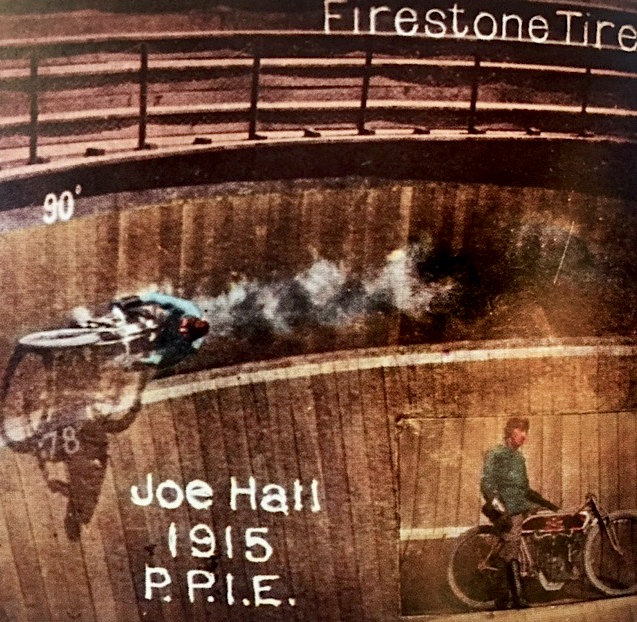
While researching an article for The Automobile magazine on two auto races at the PPIE (‘Race Around the Rainbow Scintillator’, which I’ll publish on TheVintagent.com in December), I came across Laura Ackley’s excellent book ‘Jewel City’, which contains a postcard of Joe Hill circulating a Wall of Death on an Excelsior racer – which was news to me! Here was photographic evidence of a a very early Wall right in my home town, in the middle of the PPIE. Time to hit the library…
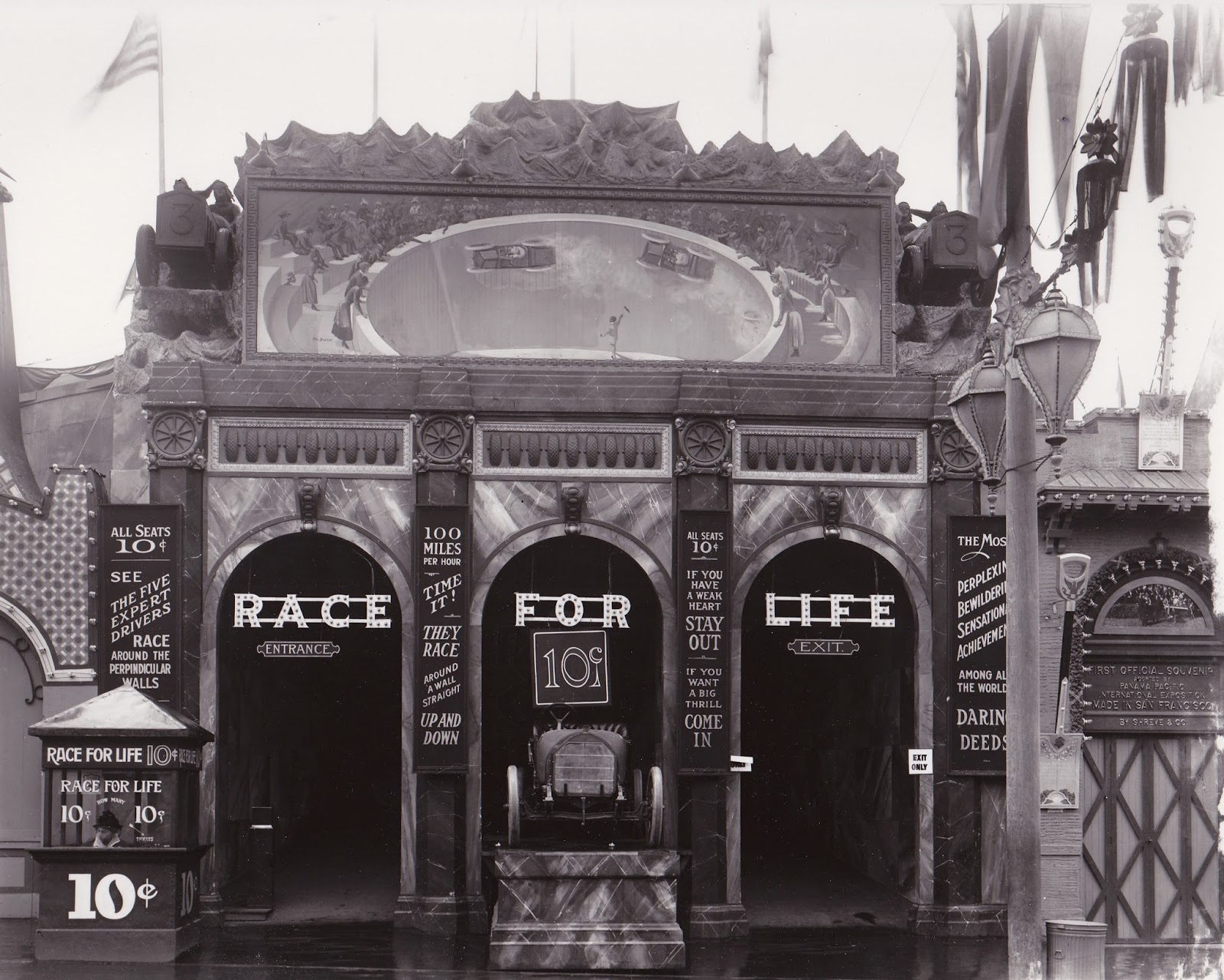
Outside the central fantasy village of the PPIE – the ‘Jewel City’ of travertine and sparkling lights – was a funfair called The Zone, with dozens of concessions, rides, and attractions. Within The Zone was the Race for Life, which according to fairground plans was a 40′ diameter wooden ‘two stage’ bowl track, over which both cars and motorcycles sped. Photographs show the wooden walls banking in 4 stages, the two widest sections at 78degrees an a fully vertical 90degrees, just below the spectator railing. While the Excelsior postcard is colorized and shows little detail, a never-published photo shows an Indian racer near the top of the Wall…the photo had been mis-labeled as a ‘bicycle going at 90 degrees’, and hadn’t yet been digitized in their archives. No wonder the image hadn’t been discovered by the ‘Net hounds; it pays to do a little footwork, and there are enormous photo archives at libraries and universities worldwide, waiting to be scanned.
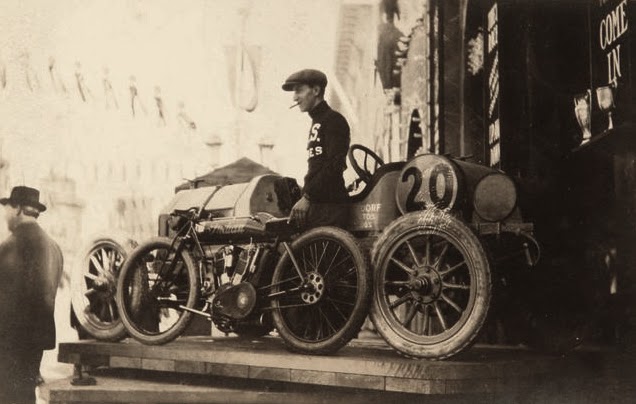
San Francisco Public Library archives also revealed the facade of the Race for Life, and a rough scale drawing of the layout. Two postcards gave examples of the motorcycles used – an Excelsior ridden by Joe Hall, and an Indian, both ca.1914 machines, and both full-on board track racers. The cars used appear to be c.1913/14 Stutz racers, and advertisements painted around the entry claimed the vehicles hit ‘100mph! Time it!’...which was of course nearly impossible with a stopwatch. There’s no doubt the vehicles used in the Race for Life were capable of such speeds, being ‘last year’s racers’, even though ~30mph is enough to keep a vehicle perpendicular. Still, the thrill a genuine racing car or motorcycle speeding just beneath your feet feels like ‘the ton’ even today! And counts for the enduring appeal of Walls worldwide.
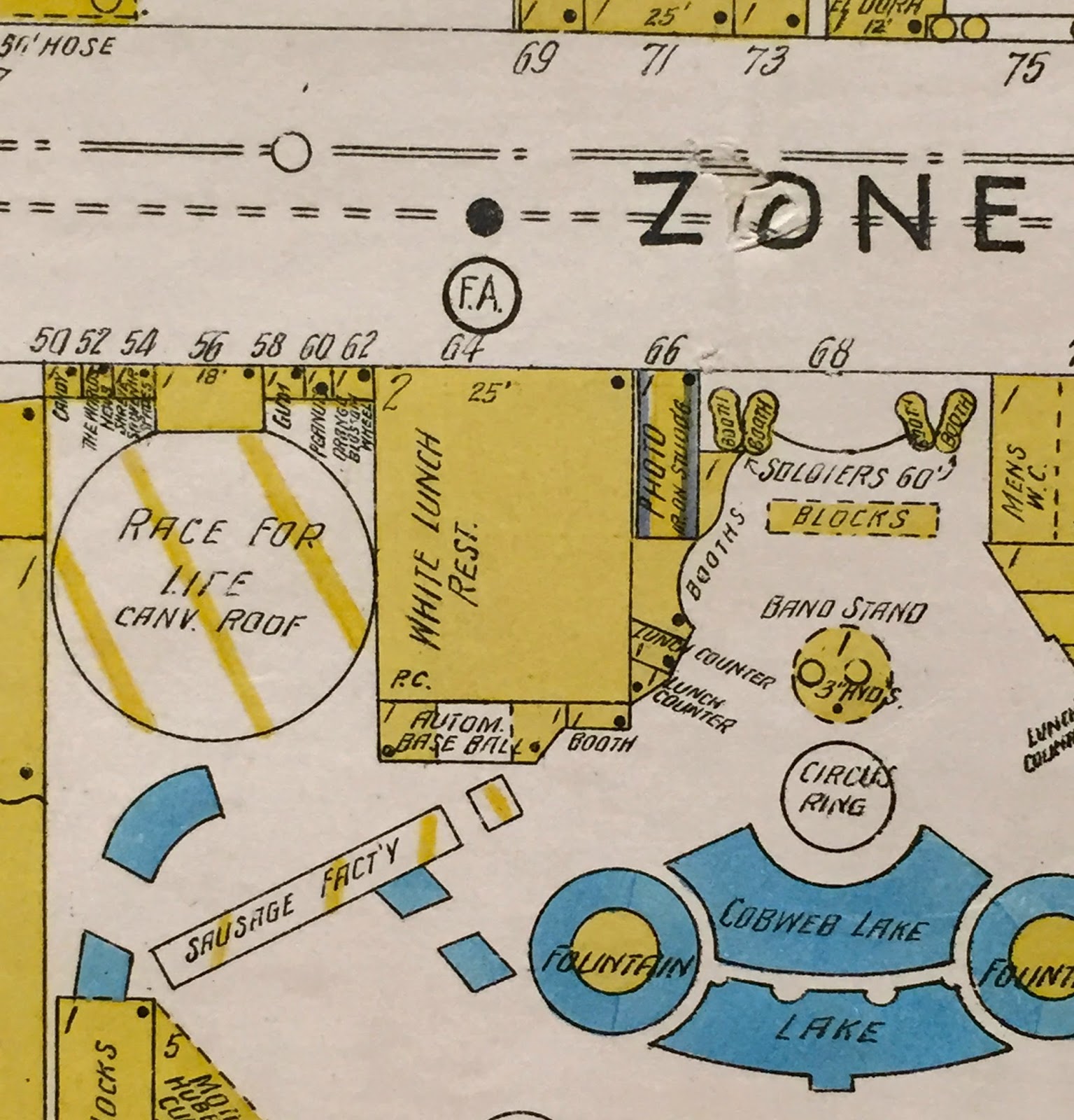
The Wall of Death phenomenon is an outgrowth of board tracks used by bicycles, motorcycles, and cars, although it was cyclists who started canting their tracks to increasingly steep angles in the 1890s, as tracks went indoors to smaller venues, and banking was required. Truly vertical bicycle tracks appeared by around 1900 – these were no longer for competition, and were strictly fairground attractions. Fairground motordromes with cars and motorcycles appeared around 1910, and their tracks grew increasingly steep, with vehicles circulating at 60-70degree banking as a kind of miniature board track race, with coordinated tricks and choreographed ‘races’. 1915 is generally cited as the origin date for a truly vertical, motorized Wall of Death, as such an attraction opened on Coney Island that year.
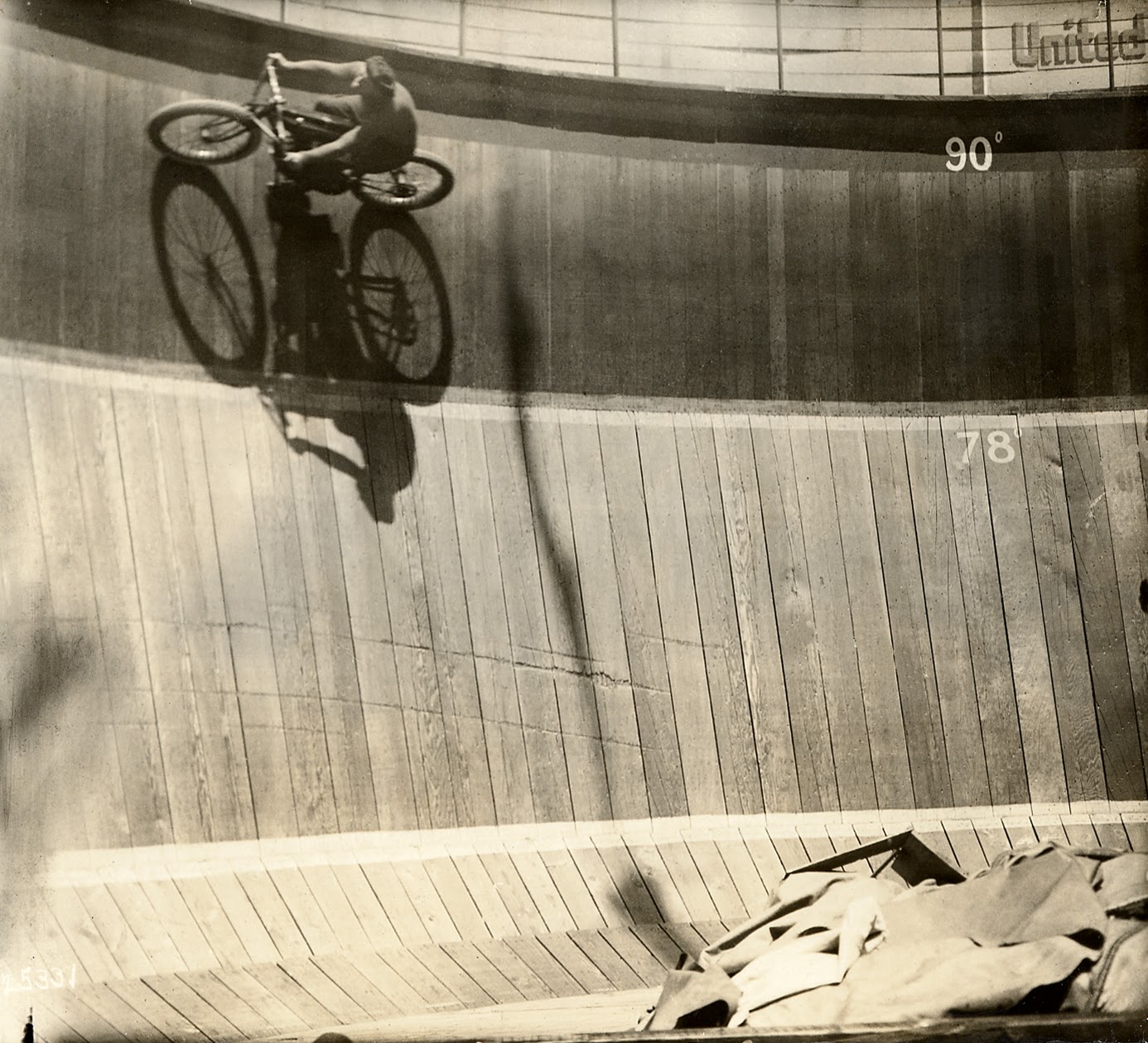
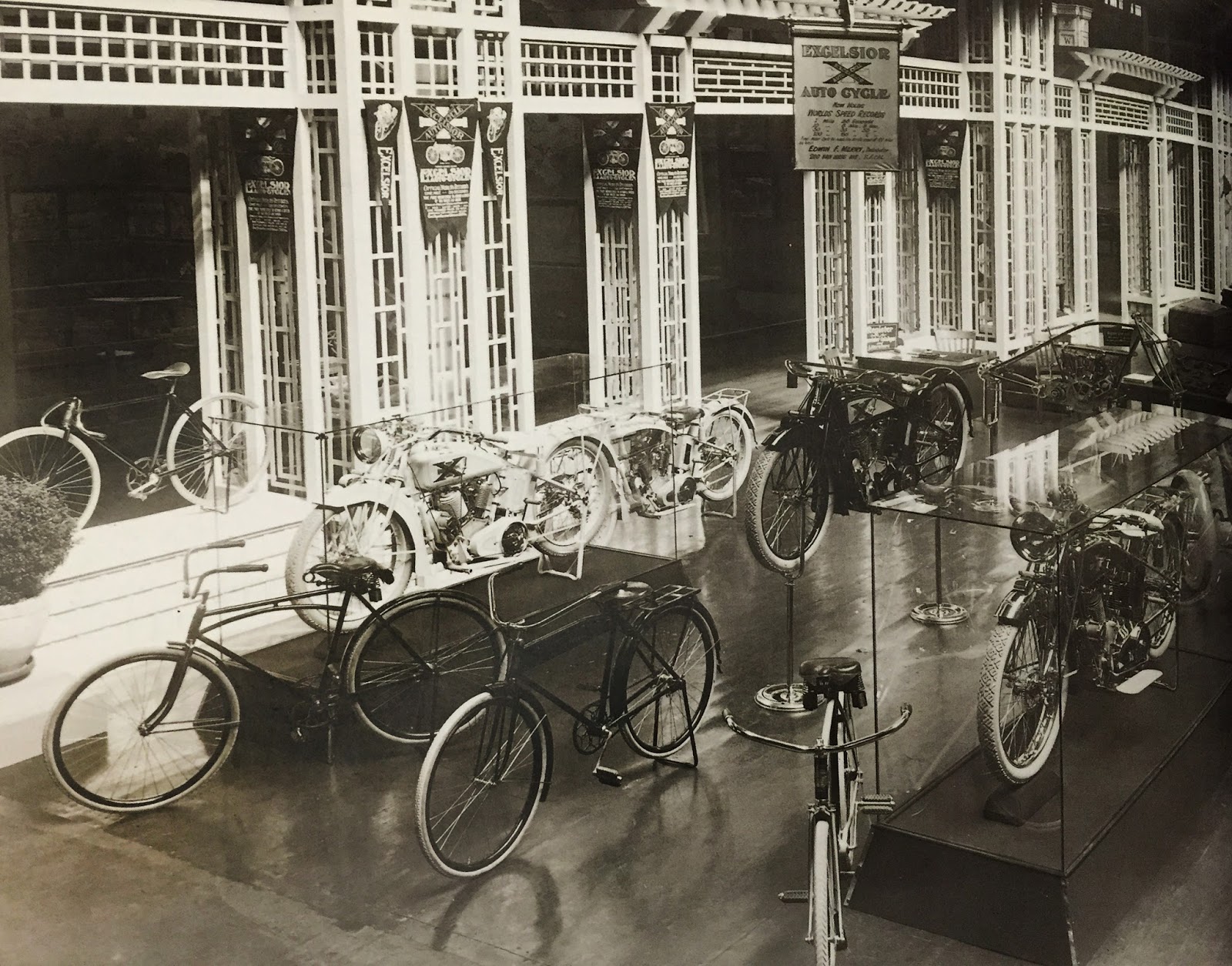
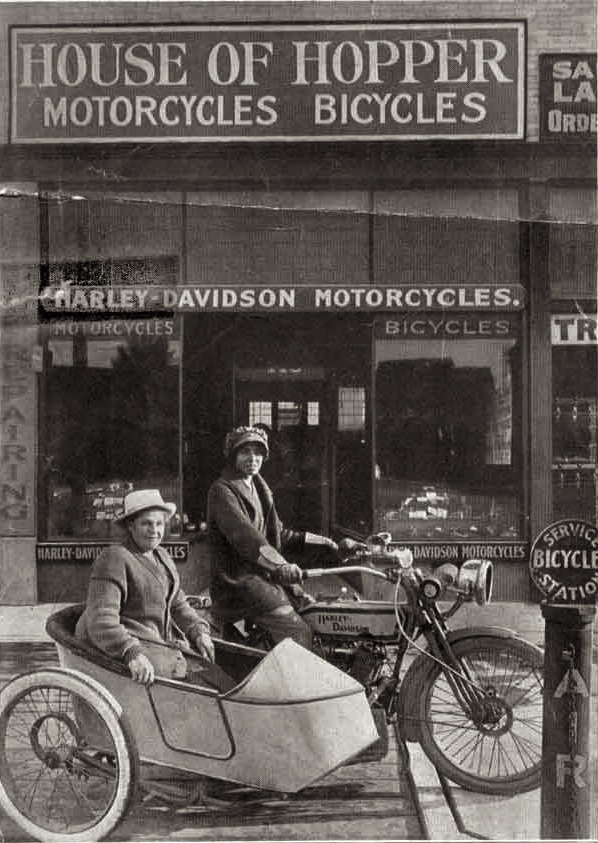
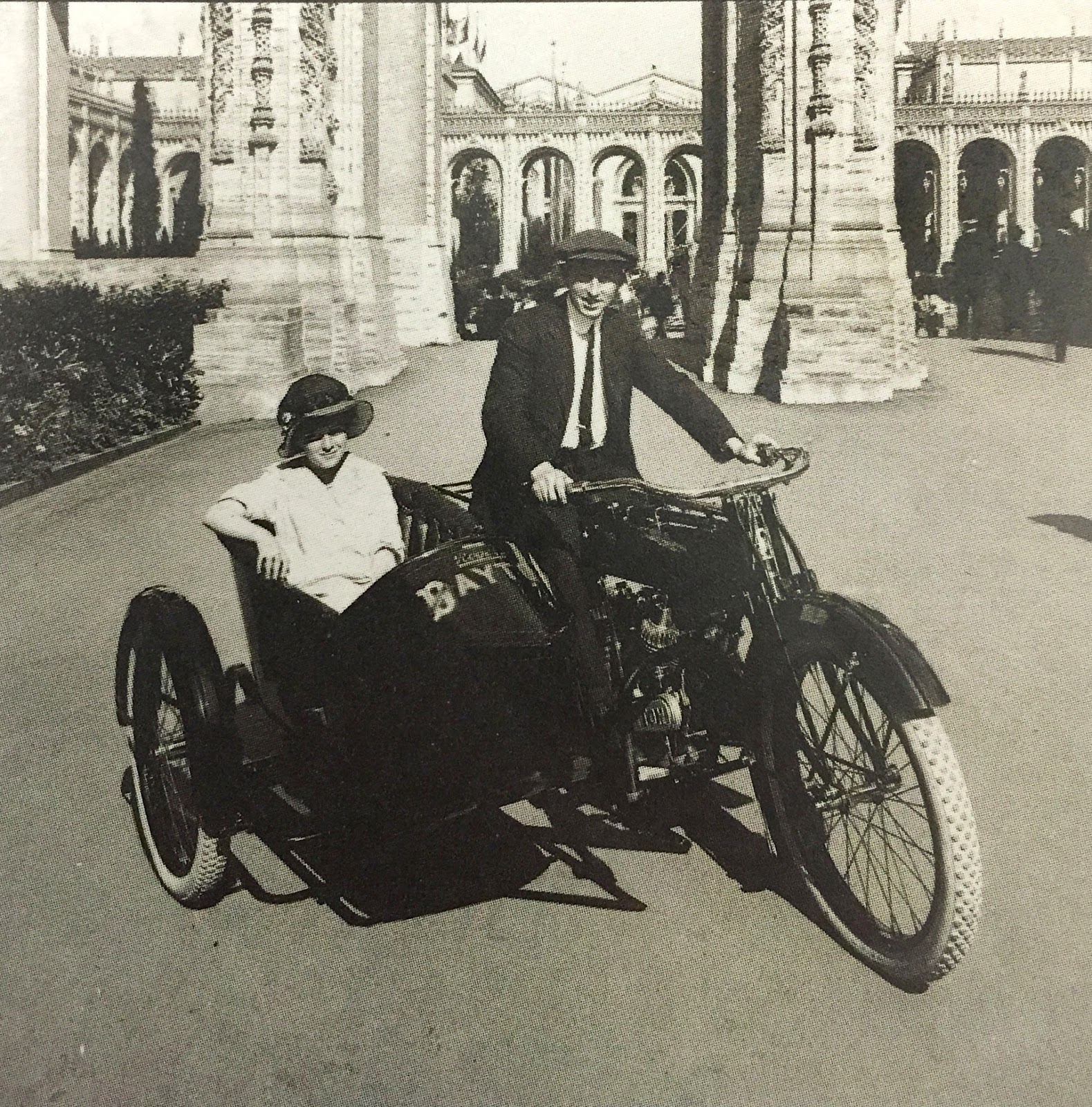
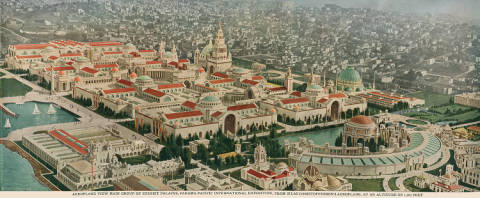
Related Posts
September 17, 2017
The Vintagent Selects: The American Wall Of Death
Director Roberto Serrini takes us…
